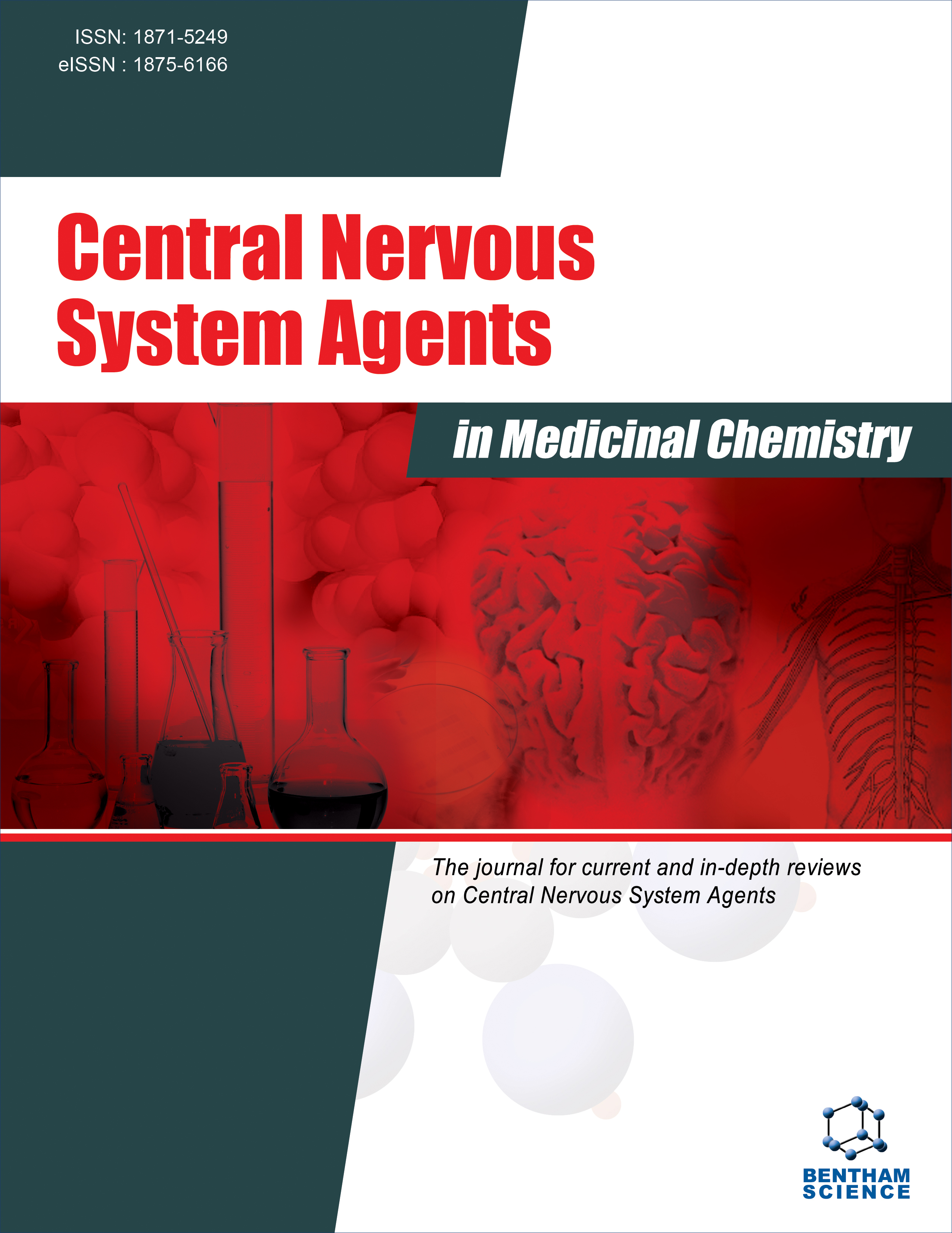
Full text loading...
We use cookies to track usage and preferences.I Understand
The low effectiveness of existing pharmacotherapy strategies for Alzheimer's disease (AD) makes it necessary to develop a new concept for the treatment of this type of dementia. This search is promising to be carried out within the framework of the paradigm of targeting intracellular signaling pathways in Regenerative-competent Cells (RCCs).
The purpose of the research is to study the impact of adenylate cyclase (AC) inhibitor on disorders of the psychoemotional status in aged male C57BL/6 mice, as well as on the dynamics of the content and functioning of RCCs nervous tissue.
We examined the effect of the AC inhibitor (2ʹ,5ʹ-Dideoxyadenosine) on conditioned reflex activity, behavioral and emotional profile in a mouse AD model (16-month-old (aged) male C57BL/6 mice), as well as the functioning of neural stem cells (NSCs), neuronal-committed progenitors (NCPs), and neuroglial cells in the subventricular zone of the cerebral hemispheres (SVZ).
In aged C57BL/6 mice, we found impairments in exploratory behavior, emotional reactivity, and memory, which are the characteristics of senile dementia. Therapy based on AC inhibition led to an increase in the number of NSCs and NPCs in the SVZ due to an increase in their proliferative activity. These changes were more pronounced in NCPs. At the same time, a decrease in the specialization intensity was recorded in NSCs. These phenomena developed against the background of increased secretion of neurotrophic growth factors by oligodendrocytes and microglial cells. The neuroregenerative effects of 2ʹ,5ʹ-dideoxyadenosine correlated with the correction of age-related disorders of the psychoemotional status in aged mice.
The results provide the basis for the development of targeted drugs based on AC inhibitors to stimulate neurogenesis as an approach for the effective treatment of AD.

Article metrics loading...

Full text loading...
References


Data & Media loading...

